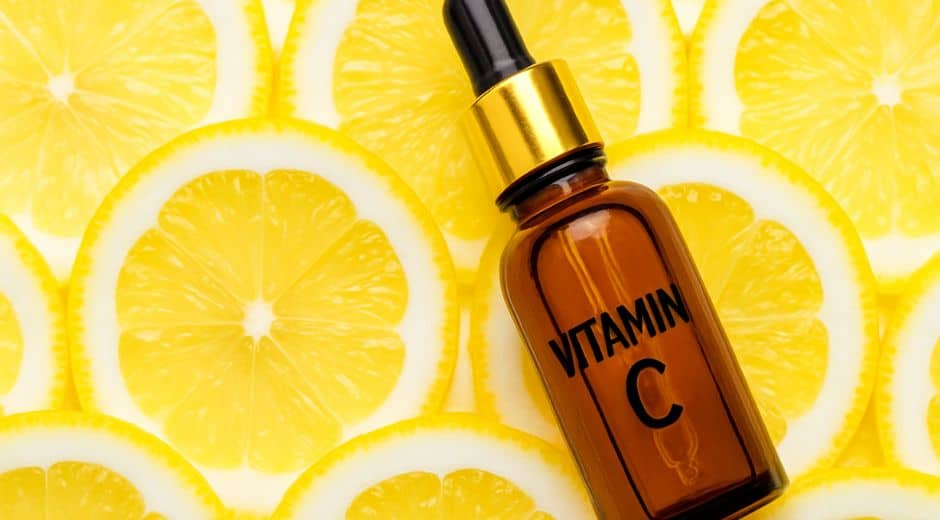Winter Skin Rescue: How to Keep Your Skin Hydrated and Glowing
Winter Skin Rescue: How to Keep Your Skin Hydrated and Glowing
The colder months bring crisp air, shorter days, and often, dry, irritated skin. Maintaining healthy, radiant Winter Skin requires attention to hydration, protective routines, and thoughtful skincare practices. While summer may highlight tanning and sun protection, winter emphasizes moisture retention, barrier repair, and calming formulas that protect sensitive skin from harsh environmental changes.
From indoor heating to icy winds, multiple factors contribute to dryness, redness, and irritation. Understanding how to care for Winter Skin ensures that your complexion remains soft, supple, and resilient throughout the season.
1. Understanding the Challenges of Skin
Winter Skin faces unique challenges that aren’t as prevalent in warmer months. Low humidity, indoor heating, and wind exposure strip natural oils from the skin, leading to dryness, flaking, and discomfort.
Cold air slows circulation, reducing the skin’s ability to naturally hydrate. Additionally, the body may produce less sebum during winter, weakening the skin’s protective barrier. Recognizing these seasonal impacts allows you to adjust your skincare routine to meet the specific demands of Winter Skin.
2. Hydration: The Cornerstone of Winter Skincare
Moisturizing is essential for Winter Skin. Opt for richer, emollient-based creams and ointments rather than lightweight lotions. Ingredients such as hyaluronic acid, glycerin, and ceramides help attract and lock in moisture.
Layering products is also effective: start with a hydrating serum or essence, then seal with a nourishing cream. Using occlusive products at night prevents water loss while sleeping, ensuring skin wakes up soft and plump. For seasonal recommendations and product reviews, StyleRadarPoint provides curated guides on the best moisturizers and treatments for dry skin.
3. Gentle Cleansing Practices
Harsh cleansers strip essential oils, worsening dryness in Winter Skin. Choose mild, fragrance-free cleansers that maintain the skin’s natural barrier. Avoid long, hot showers which can further dehydrate the skin, and instead use lukewarm water.
Consider cleansing oils or cream-based cleansers that remove impurities without over-drying. Proper cleansing ensures that skin remains balanced and receptive to hydrating treatments, a crucial step in any Winter Skin routine.
4. Protective Measures Against Environmental Stress
Wind, snow, and indoor heating can aggravate Winter Skin. Protective measures such as scarves, gloves, and hats shield exposed areas from harsh elements. For the face, lightweight hydrating masks or balms can serve as an extra barrier.
When spending time outdoors, reapply moisturizers frequently and consider layering with barrier creams on especially dry areas like cheeks, lips, and hands. Proper protection reduces irritation and preserves natural hydration.
5. Incorporating Nutrient-Rich Skincare
Nutrition impacts Winter Skin health. Topical products with antioxidants, vitamins C and E, and omega-rich oils support skin repair and resilience. Ingredients like shea butter, jojoba oil, and squalane replenish lipids that winter conditions deplete.
Face masks and overnight treatments with nourishing ingredients can restore vitality to dull, flaky skin. Regular use of these treatments keeps Winter Skin hydrated, radiant, and protected from seasonal stressors. for more tips about nutrition, visit TasteFlavorBook.
6. Hydration from Within
Moisturizing externally isn’t enough. Winter Skin benefits significantly from internal hydration. Drinking adequate water, consuming hydrating fruits and vegetables, and incorporating omega-3 fatty acids promote skin elasticity and resilience.
Soups, stews, and herbal teas provide both hydration and warmth during colder months. Proper nutrition complements topical care, ensuring skin remains supple and healthy throughout the season.
7. The Role of Exfoliation
Exfoliation helps remove dead skin cells, allowing moisturizers to penetrate more effectively. Gentle chemical exfoliants like lactic acid or low-concentration AHAs are preferable over harsh scrubs.
Exfoliate 1-2 times a week to maintain smooth skin without disrupting the moisture barrier. Coupling exfoliation with rich hydration routines ensures maximum benefit for sensitive, dry winter skin.
8. Incorporating Face Masks and Treatments
Face masks and intensive treatments are particularly beneficial for Winter Skin. Sheet masks, overnight hydration masks, and rich creams replenish moisture and calm irritation.
DIY options, such as honey and yogurt masks, provide natural hydration and antioxidants. These Hands-On treatments can be part of a weekly ritual that restores comfort and glow during the cold season. For DIY skincare inspiration and expert tips, explore TripBeyondTravel for creative, nature-inspired treatments.
9. Mindfulness and Skin Health
Stress can exacerbate dryness, redness, and other skin issues, making mindfulness an important component of Winter Skin care. Simple breathing exercises, gentle yoga, or meditation improve circulation and reduce stress-related skin flare-ups.
Integrating mindful practices while applying skincare products can also enhance their effectiveness. For more mindfulness-based routines that support skin and overall wellness, FocusMindFlow offers practical guides to holistic self-care.
10. Maintaining a Consistent Routine
Consistency is key for nurturing Winter Skin. Maintain daily cleansing, hydration, and protection routines to prevent long-term damage. Track how your skin responds to products and seasonal changes, adjusting as needed.
By establishing a reliable routine, skin adapts and thrives even in harsh conditions, keeping it soft, smooth, and radiant throughout the winter months. For additional tips, product reviews, and seasonal skincare advice, BeautyUpNest provides expert guidance for maintaining healthy skin year-round.
Conclusion: Winter Skin Rescue Made Simple
Caring for the skin is about combining protection, hydration, and mindful practices. Gentle cleansing, rich moisturizers, nutrient-rich treatments, and indoor-outdoor strategies all play a role in maintaining healthy skin during cold months.
From drinking water to applying serums and creams, every step counts toward achieving radiant, supple skin. By embracing thoughtful routines and seasonal adjustments, you can transform dry, irritated winter skin into a glowing, resilient complexion.
Explore resources from StyleRadarPoint, TripBeyondTravel, and FocusMindFlow to enhance your winter skincare regimen and make this season your skin’s best yet.
Beauty Defines You

Skin Renewal Guide: How to Rebuild Your Glow from Within
Discover how to achieve deep skin renewal through science-backed care, mindful routines, and nourishment that helps your natural glow resurface beautifully.

Beauty of Tomorrow: How Sustainability Shapes Modern Trends
Explore how sustainability is redefining beauty trends through eco-conscious products, ethical innovation, and mindful consumption shaping the industry’s future.

Finding Balance in Everyday Life: Wellness Equation
Discover how finding balance in your body, mind, and routine can transform your well-being and create sustainable harmony in your daily life.

Inclusivity in Beauty: The New Modern Standard
Explore how inclusivity is transforming modern beauty trends by celebrating diversity, authentic expression, and equal representation across all skin tones and identities.













